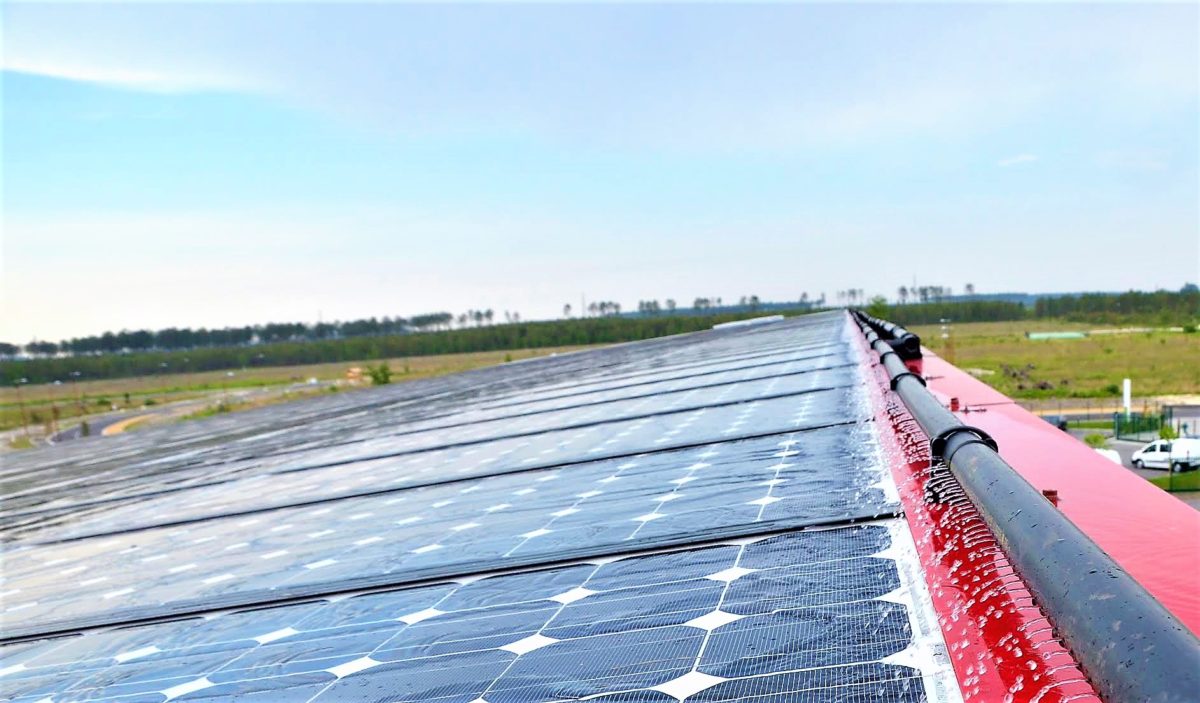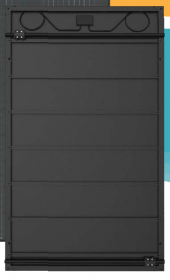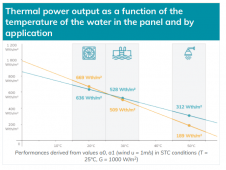fat_old_sun
Solar Enthusiast
- Joined
- Nov 16, 2019
- Messages
- 199
The
Aluminum thermal conductivity ~230 W/mK, Copper ~330/mK, glass 1 W/mK. No, glass does not have a decent thermal conductivity, unless the word decent is redefined
& compared to vacuum, glass is infinitely more conductive!On that chart I linked, the thermal conductivity of air is 0.0262. Glass is 1.05. That sounds decent to me. ;p It is obviously not on par with metals. Metals aren't decent. They are spectacularly conductive.






